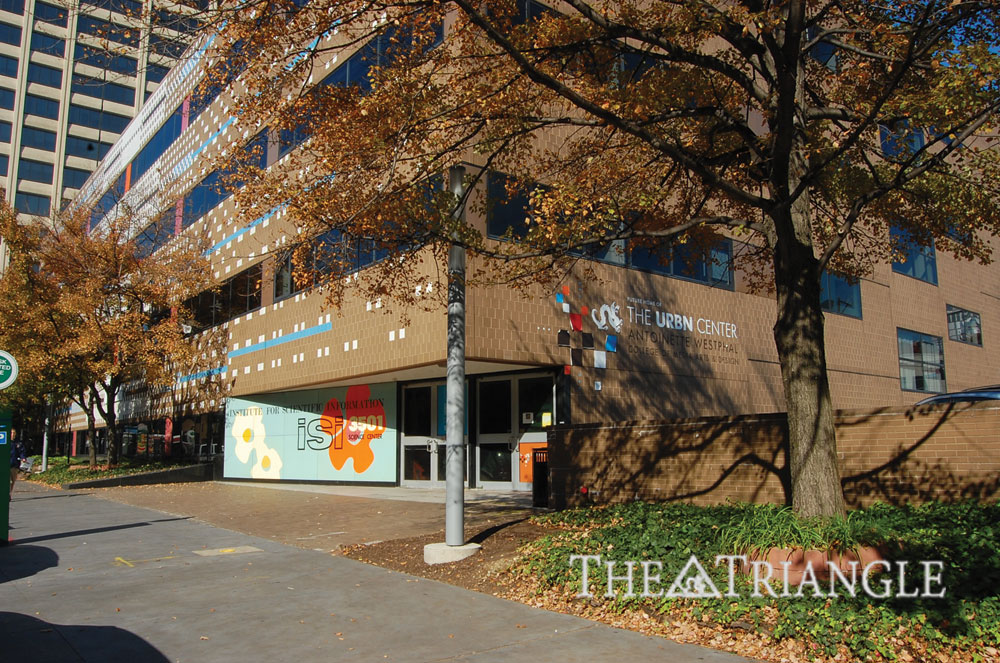
Recently, Drexel University has seen an uptick in renovations and new construction. Undoubtedly, this is a positive trend. However, it is important to analyze the subconscious effects these buildings have.
The built environment has a frequently unrecognized, yet overwhelmingly influential, impact on the user. The ability to influence mood, evoke emotion and even unconsciously control actions are among the effects.
These effects are exaggerated in an environment like Drexel University, where students experience the same spaces week after week. With this, it becomes ever more important that the designer of our built environment puts the proper consideration into these aspects.
At Drexel, the URBN Center has one of the most substantial impacts on the college it houses. With students spending exorbitant amounts of time in design studios, often to the point of them becoming second homes, the space has developed into more than just an academic building.
The outside imparts a concept of honesty and creativity with the exposed steel supports and the vibrant, abstract art by the doors. As you enter, however, the vibe changes.
As soon as you walk in you are presented with a cluttered and overwhelming arrangement of furniture and art. This puts a level of unease and stress in the audience, developing the idea that this is a place of work.
Moving inwards even more, you are presented with a complex maze of staircases, hallways and half-floors that disorients and confuses. Despite the counterintuitive nature of this design choice, it serves to require a level of focus and thought to your surroundings. This required focus forces the audience to explore in a way not necessary in other buildings around campus.
Similarly, the building works to develop a sense of community and collaboration in a space filled with a diverse range of majors and projects. It subconsciously demonstrates the increasingly prevalent interdisciplinary work in the design world. With transparent glass walls serving as the division between classes, the boundary between majors and concentrations becomes less definitive.
Even more, collaboration spaces are unconfined through the use of fluid dividers and open plans. The interplay between the defined classrooms and fluid collaborative spaces effectively demonstrates the mission of a diverse college like the Antoinette Westphal College of Media Arts & Design.
Most prominently, URBN displays students’ work similarly to an art gallery. By demonstrating the quality of the students of Westphal, it not only serves as a good stop for tours, but also unites and develops a sense of pride in Westphal members. Although potentially overwhelming, URBN’s presentation utilizes not just its architecture, but also its students to invigorate the space with interest.
The URBN Center is by no means perfect. Reducing the clutter and organizing the seemingly random placement of staircases would unquestionably calm the space and improve the first impression. In a college of collaboration and community, however, this hurdle of confusion allows for a greater connection to the space that may not have been present in a more logical design.
Overall, the URBN Center works to influence you by giving an initial challenge and sense of unease. These experiences and feelings develop a stronger connection and interest in the space, even if they seem counterintuitive at first.


